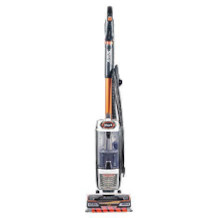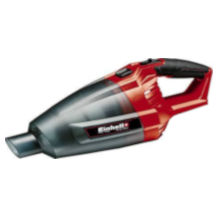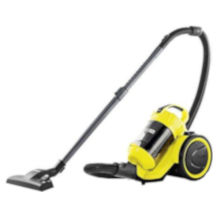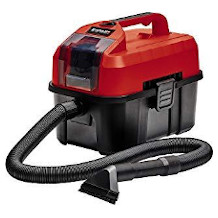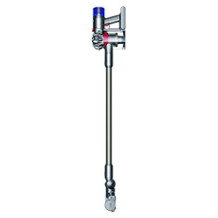Ash vacuum purchasing advice: how to choose the right product
- The most important facts in brief
- Ash hoovers are necessary when cleaning a fireplace, a stove or a pellet heater.
- All ash hoovers have a sturdy housing and a powerful motor that helps to suck up ash particles without any problems.
- To ensure that ash hoovers can also suck up warm ash, all models have a metal suction pipe.
Sucking up ash and soot without problems
Whether fireplace, tiled stove or Swedish stove – unlike in the past, these heating options symbolise a certain luxury nowadays. Wood-burning stoves and the like not only produce a cosy warmth, they also create a romantic atmosphere. It is therefore not surprising that, according to Statista, around 600,000 people in Germany are planning to install a fireplace in their home in the next one to two years.
As is so often the case, however, all good things have their drawbacks: Once the fireplace has been lit, it has to be cleaned afterwards. Regardless of whether wood or coal is burned, cleaning the fireplace usually proves to be tedious and difficult. If you want to save time, you should buy an ash vacuum cleaner.
The difference to a conventional hoover
The terms ash vacuum cleaner and chimney hoover are also used synonymously with the term ash hoover. Although the basic mode of operation of an ash hoover is no different from that of a bagless hoover, chimney vacuums have some specific features.
Basically, ash hoovers, like many modern hoovers, do not have a bag made of cardboard or cloth. However, both types of vacuum cleaners differ in terms of their design, because ash vacuum cleaners are usually made of metal. Unlike plastic, metal is heat-resistant, so the chimney vacuum cleaner can also pick up ashes that are still warm. In addition, almost all ash hoovers have a filter that has far finer pores than conventional HEPA filters. This is necessary so that no sulphur substances or smoke particles are stirred up when the ash is sucked in and get into the ambient air. Breathing in the toxic dust could cause health problems.
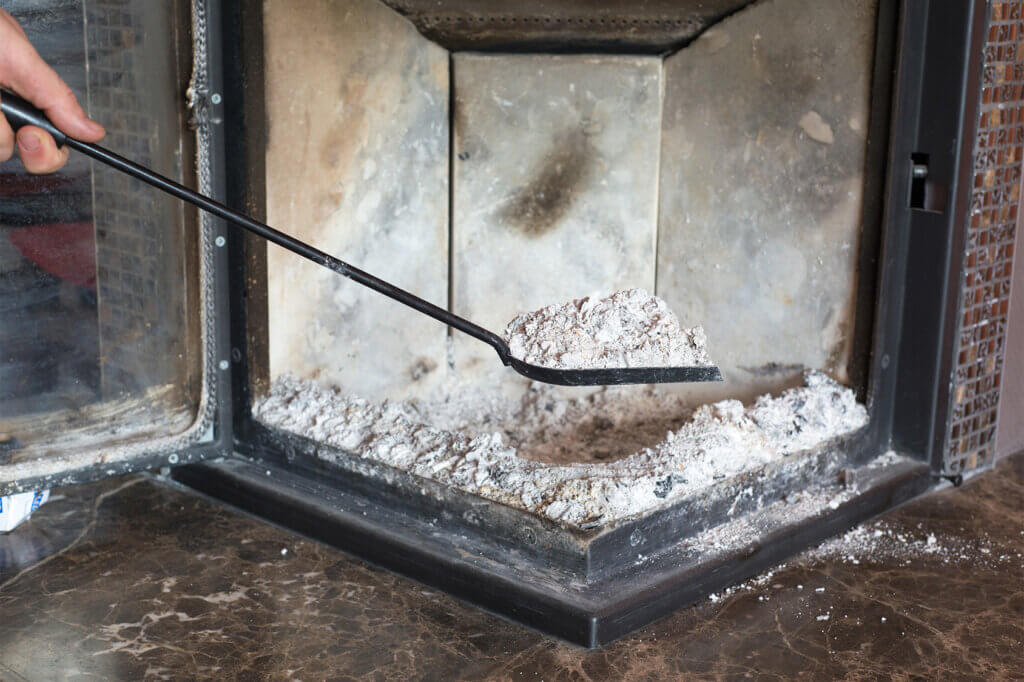
One advantage of ash vacuum cleaners – especially in contrast to stove or fireplace tools – is that the cleaning process is much easier. Neither ash nor soot are stirred up, which means that the pollutants do not get into the ambient air and thus into the respiratory tract. Dirty hands, by the way, are a thing of the past: If you own an ash hoover, you don’t have to use a broom or dustpan to clear your stove of ash residue.
The different types
Basically, a distinction is made between two types of ash vacuum cleaner, one with a motor and the other without. The features of the two types are explained below.
Ash vacuum cleaner with motor
An ash vacuum cleaner with motor has, as the name suggests, an electric motor. This motor ensures that the appliance sucks in soot particles. To ensure that a chimney vacuum cleaner with motor can suck up as much ash as possible, it usually has between 800 and 1,200 watts. With this power, even larger soot blocks can be vacuumed up.
Ash vacuum cleaner without motor
If you choose a chimney hoover without a motor, you also need a conventional hoover to operate it. Strictly speaking, an ash hoover without a motor is not a hoover for vacuuming ash, but rather a kind of filter system that facilitates the cleaning of the fireplace and the vacuuming of ash residues. High-quality ash vacuum cleaners without a motor have their own collection container and a suction hose made of metal. Chimney vacuums without a motor are driven by a dry or wet vacuum cleaner.
The advantages of the two types at a glance
Ash hoovers with a motor are much easier to handle than those without a motor. With the help of a motorised model, even hard-to-reach places in the chimney can be easily cleared of ash. When buying an ash vacuum cleaner with a motor, it is important to note that it does not have a paper filter, as this can only vacuum cold ash. If the ash contains even small amounts of embers, they will immediately begin to smoulder in the paper filter.
If, on the other hand, the choice falls on a model without a motor, buyers need a hoover to operate the ash hoover. These models are therefore much less flexible in their use. Although ash vacuum cleaners without a motor are much cheaper and their cleaning is less problematic, if warm ash particles are accidentally sucked in, this can lead to a defect in the hoover.
Caution: Do not vacuum up ashes with a conventional hoover
Never use a conventional hoover to clean a fireplace or stove. In the worst case, you will suck in ashes that are still warm with a dry air suction, which will reignite in the dust bag.
What matters when buying
In the following, we present the most important purchase criteria that provide information about the quality of an ash vacuum cleaner. Those interested in buying should bear in mind that there are different ash vacuum cleaners for fireplaces, Swedish stoves, wood-burning stoves and gas fireplaces, as well as for stoves that carry water. The ash hoover model should therefore also be matched to the respective heating source.
The motor power
The wattage of a vacuum cleaner only gives an indication of how powerful the motor is. Basically, the suction power of ash hoovers – just as with conventional hoovers – results from the factors motor, filter and suction glands.
In principle, an ash hoover with a high power consumption is preferable, but a device with a high wattage also consumes more electricity. Common ash vacuum cleaner models have 800 to 1,200 watts and can suck up between 60 and 70 litres per minute. If you only have a small fireplace or stove, you can opt for a vacuum cleaner with only 500 watts. This is equivalent to a suction power of about 30 to 40 litres per minute.
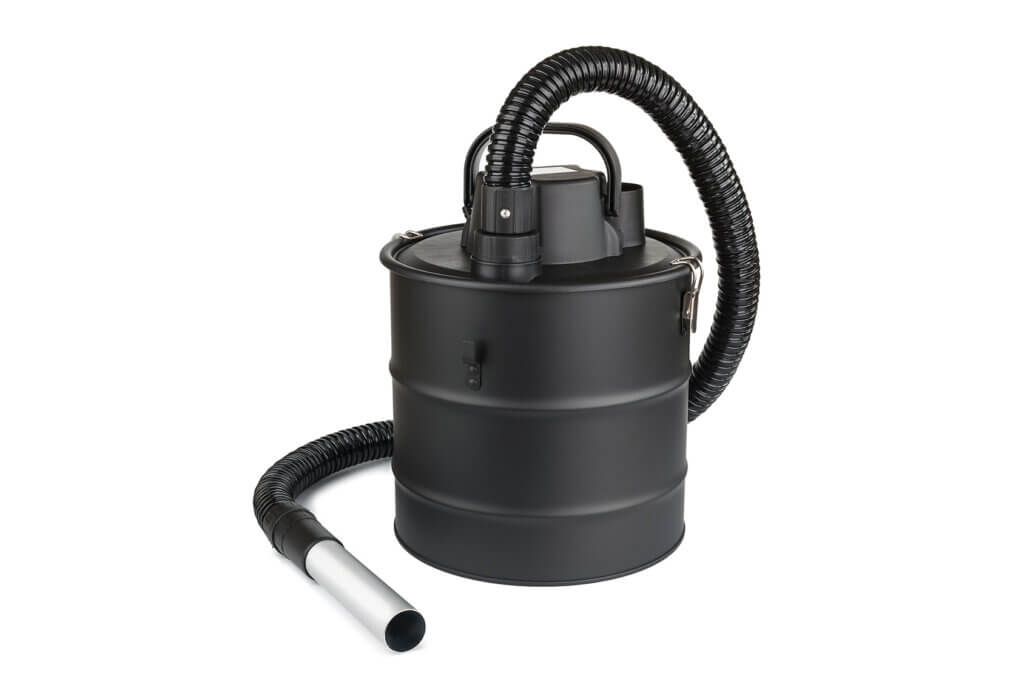
Owners of a larger pellet stove, on the other hand, should opt for an ash vacuum cleaner that has a higher wattage and is therefore more powerful.
The suction tank volume
The suction container volume provides information about the capacity of an ash vacuum cleaner. In the case of chimney vacuum cleaners, the suction container, usually a metal collection compartment, holds between 6 and 18 litres.
Ash vacuum cleaners with a smaller suction container are particularly suitable for cleaning smaller fireplaces or fireplace inserts. If you have a large fireplace or tiled stove, you should buy an ash hoover with a suction container with a volume of at least ten litres or more. However, the size of the suction container affects the suction power of the ash vacuum cleaner: the larger the container, the smaller the suction power of the appliance per minute. In other words, the more the chimney vacuum cleaner is used, the less ash it can collect.
Quality is a must
If you choose a low-priced chimney vacuum cleaner, you should make sure that the collection container is of high quality. If the metal container is of inferior quality, it can leak and release ash particles into the surrounding air. This, in turn, can cause health problems and make it more difficult to clean the living space.
The suction hose
The length of the suction hose is also important. As a guide, the longer the suction hose, the easier it is to handle the ash vacuum cleaner and the easier it is to clean the stove. Most chimney vacuum cleaners have a suction hose between 1.4 and 1.7 metres long.
The purpose of the ash vacuum cleaner is also important in this respect: if it is a fireplace, a shorter suction hose is sufficient. Vice versa, ash vacuum cleaners with the longest possible suction hose are best suited for cleaning heating systems or large tiled stoves. Manufacturers sometimes offer a second suction hose as an accessory so that users can vary the length as desired.
The length of the cable
The longer the cable of the ash vacuum cleaner, the more flexible and easier it is to handle. If, for example, a barbecue in the garden or on the terrace is to be vacuumed and there is no power socket there, it is undoubtedly helpful if the vacuum cleaner has a long power cable. This ensures that the ash hoover can be used even if there is only a power socket in the house.
The weight
In addition to the aspects mentioned above, how user-friendly a chimney vacuum cleaner is also depends on the weight of the appliance. Since most ash vacuum cleaners have to be carried, they should not exceed a weight of between three and four kilograms. If the ash hoover is heavier, buyers should make sure that it is equipped with wheels.
Tips for care and cleaning
Ash hoovers are easy-care, robust devices. After all, an ash vacuum cleaner is not only used to reliably suck up fine soot particles, it sometimes even has to pick up ash residues that are still hot.
For this reason, it is essential that you clean or maintain the ash hoover at regular intervals – ideally after each use. If you do not manage to clean the ash vacuum cleaner after every use, you should do so at the latest when the suction power of the appliance decreases. This is usually the case when the filter of the vacuum cleaner is clogged. After cleaning the chimney vacuum cleaner, it should work again as before.
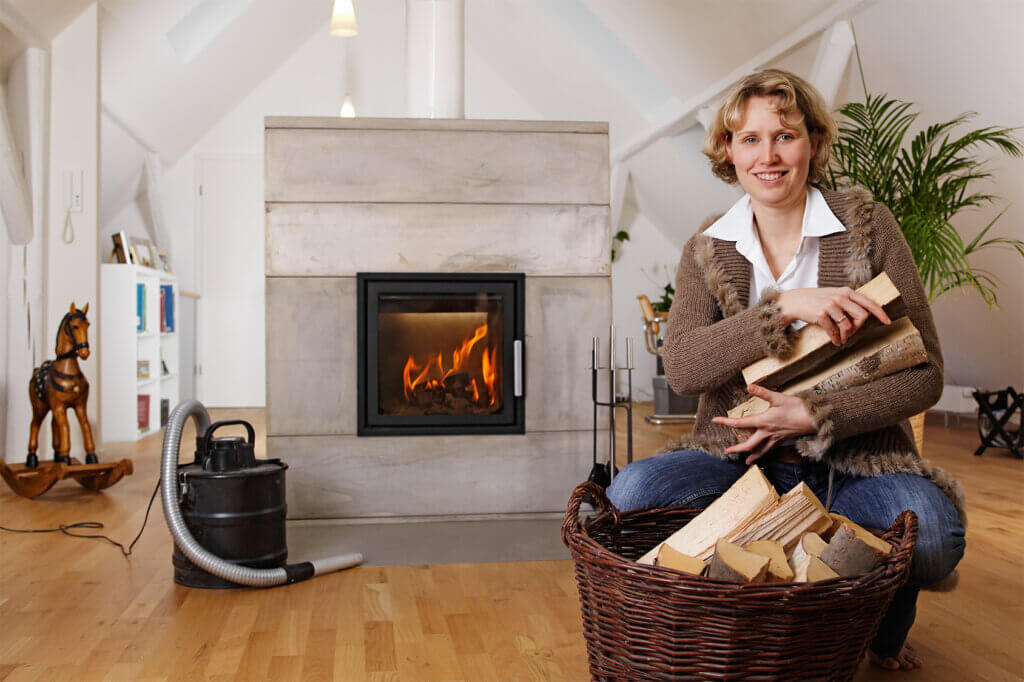
How often an ash hoover needs to be cleaned depends on the one hand on the particular model and on the other hand on its use. Although the market offers models that are labelled “self-cleaning”, these chimney vacuums also need to be cleaned, although the filter needs to be replaced much less often. It is important that users follow the manufacturer’s instructions.
This is how product care works in detail
Before you start cleaning the ash vacuum cleaner, disconnect the appliance from the external power supply. Otherwise, there is a risk of electric shock.
If possible, clean the chimney vacuum outdoors. This is particularly useful when the ash container is due to be emptied. If this is done indoors, there is always a risk that soot particles will be released into the ambient air, which means that the living rooms will also need cleaning afterwards.
Ideally, you should carry the ash hoover outside and place it a little more firmly on the floor. This loosens the dust particles in the filter sieve and releases them into the ash container. Then carefully empty the container into the waste bin provided.
Cleaning the filter
Since the filter is the heart of the chimney vacuum cleaner, special attention should be paid to cleaning it. As a rule, the filters of ash vacuum cleaners are heavily contaminated or even clogged, which reduces the performance of the vacuum cleaner and the vacuum cleaner can only insufficiently absorb the soot particles. To restore the suction power, you should clean the filter regularly.
As a first step, remove the filter from the chimney vacuum cleaner and tap it out carefully. Pay particular attention to the pressure surface of the suction head. In a second step, remove stubborn dirt from both the housing and the filter using a damp cloth. Be very careful when doing this: Water or other liquids such as cleaning agents should not get into the interior of the collection container. To be on the safe side, clean the ash container dry. The third step is to re-install the cleaned filter in the chimney vacuum.
Allow the filter to dry
It is important that the filter is completely dry. Therefore, leave it to dry in the air for some time after cleaning. In addition, you should never clean the filter with hot water, as this could damage it.
General tips for cleaning ash vacuum cleaners
Under no circumstances should you use hard cleaning utensils such as spatulas, brushes with nylon bristles or steel wool to clean chimney vacuums. Aggressive cleaning agents are also taboo. Both aids can attack the surface of the vacuum cleaner and leave damage.
If maintenance or repair work is necessary, you should definitely have it done by competent specialist personnel. Under no circumstances should you open the housing yourself. Remember that this will also invalidate the manufacturer’s warranty.

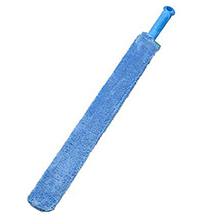
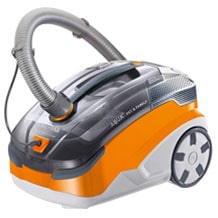
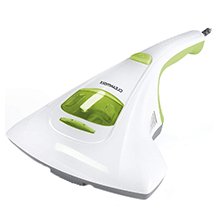
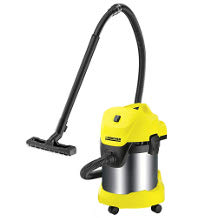
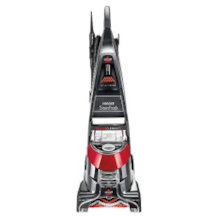
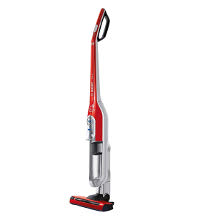
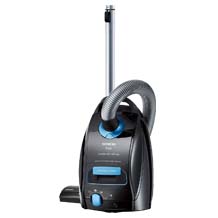

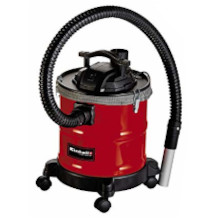
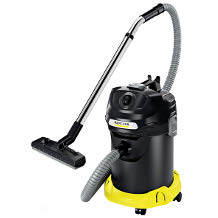
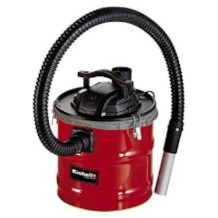
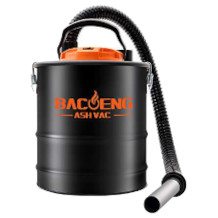
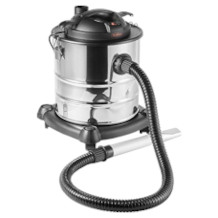
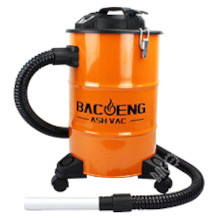
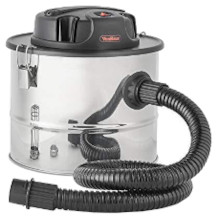

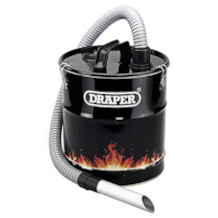
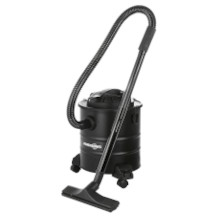

 6,093 reviews
6,093 reviews

